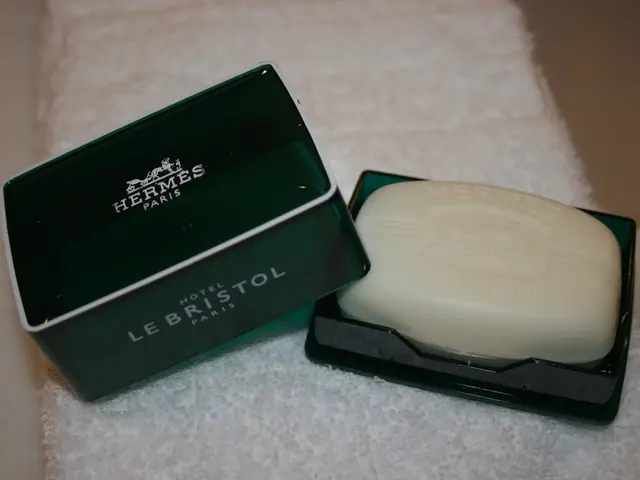Practical advice for doing laundry during rainy or damp days
Indoor Laundry Drying Strategies for Wet Weather
As many regions prepare for a soggy winter, it's essential to have effective indoor laundry drying strategies. Here are some tips to help you manage your laundry during wet weather, based on advice from CHOICE and other experts.
Maximize Water Removal
Using a high spin speed in your washing machine (at least 1400 RPM) can help remove as much water as possible before drying, significantly cutting drying time 1, 2, 3.)
Choose the Right Indoor Drying Spot
Select a well-ventilated room with open windows and a fan running to prevent musty odors. Avoid kitchens or bathrooms due to excess moisture 3. A portable airer can be moved outside or around the house easily to warmer spots depending on the time of day.
Use Fans Effectively
A medium-speed ceiling fan placed so clothes receive gentle, constant airflow helps dry clothes faster without them flapping chaotically. A small table fan aimed sideways at the drying rack is even better for a consistent breeze 1.
Dry Fabrics Separately by Type and Weight
Drying thick towels and jeans separately from lightweight synthetics optimizes drying time and fabric care 2.
Use Fabric-Specific Drying Methods
- Cottons should be hung stretched and shaken out to reduce creases.
- Denim and towels can be rolled in a dry towel to absorb extra moisture before hanging.
- Delicates should dry near low-speed fans, not under a direct blast.
- Bedsheets and curtains dry faster when draped folded over wide surfaces without crumpling 1.
Consider a Dehumidifier or Air Conditioner
When drying indoors, using a dehumidifier or air conditioner can help reduce humidity, speeding drying and preventing mould or musty smells 3.
Use Your Washing Machine’s Dryer Function
If available, using your washing machine’s dryer function can be an energy-efficient and quick way to finish drying laundry indoors 1.
Try the Towel Press Method
For heavy items like jeans, rolling them tightly in a dry towel can help absorb water and speed drying time 3.
Switch to Quick-Dry Fabrics
During wet seasons, switching to quick-dry fabrics can help reduce drying challenges and damp odors 3.
These strategies align with CHOICE’s advice on avoiding common dryer mistakes, such as mixing heavy and light fabrics and relying on gimmicks (like dryer balls) that make little difference 2. Overall, maximizing water removal, airflow, humidity control, and fabric-appropriate handling indoors are key to effective laundry drying during wet weather.
Reducing Washing Frequency
According to a report from Sustainability Victoria, people are washing their clothes too frequently 4. Jeans, for example, should be washed after at least 10 days of wear 4.
Avoid Drying Near Heaters
Draping clothes over a heater or placing them too close to a heater can be a fire hazard and increase energy bills. It's best to dry laundry in a well-ventilated area away from heat sources 5.
In conclusion, by following these tips, you can effectively dry your laundry indoors during wet weather, saving time, energy, and extending the life of your clothes.
Sustained lifestyle choices, such as reducing washing frequency, can contribute to overall sustainability, as advised by Sustainability Victoria, by encouraging less frequent laundry activities 4.
Incorporating quick-dry fashion-and-beauty products and quick-dry home-and-garden materials into your lifestyle can help mitigate challenges posed by wet weather 3.




